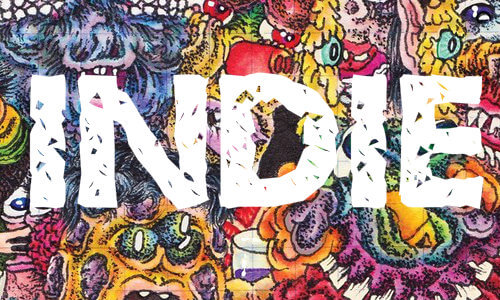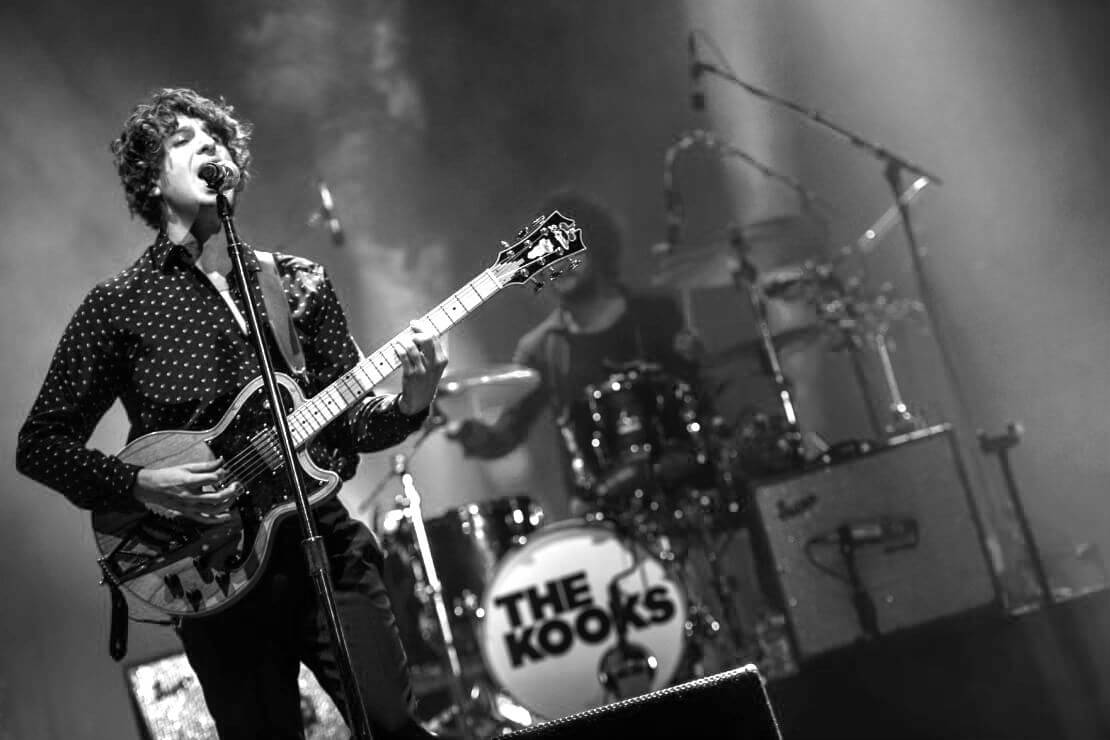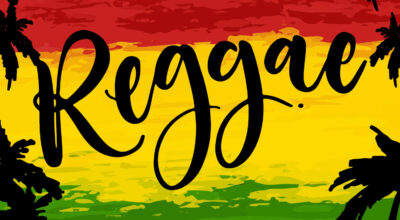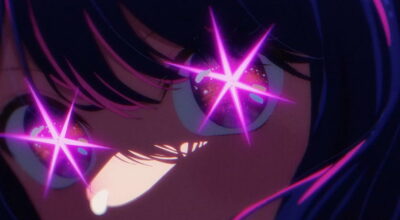Indie music is a topic generating considerable buzz in the music scene today. Opinions on the genre may vary, but one cannot deny the abundance of emerging talent making waves. In this article, we delve into what exactly constitutes indie music.
What is Indie Music?
The term “indie” is short for “independent,” denoting a range of styles produced without the backing of major commercial record labels. This approach involves autonomous recording and self-publishing.
To qualify as independent, an artist must operate outside major label contracts, producing their own music. This fosters a distinct style, free from emulation of mainstream trends. Indie music often leans towards personal, emotive expression, prioritizing creative autonomy and authenticity.
Many indie artists self-release their music, bypassing label censorship and embracing freedom in artistic expression. From recording studios to band websites, indie music spans various platforms. Unlike mainstream acts, indie artists typically eschew large-scale festivals, opting to independently produce and distribute their work.

History of Indie Genre
Though pinpointing the exact origins of the genre proves challenging, the early 1980s witnessed the emergence of the shoegazing movement, characterized by introspective lyrics and intricate guitar effects. Fast-forward to today, indie music permeates the musical landscape. While its aesthetic remains fluid, delving into the genre’s history proves enlightening.
The mid-80s marked the genre’s beginnings in unexpected locales, flourishing in college towns and provincial American cities. While mainstream airwaves favored thrashy hardcore, indie scenes thrived, particularly in places like Olympia, Washington. Supportive college radio stations and an arts-focused atmosphere propelled indie’s growth. Concurrently, success stories in the UK propelled indie music into the mainstream spotlight.
Pioneering bands like Porcupine Tree, drawing inspiration from British rock legends, paved the way for indie’s ascent. Their unique sound, influenced by the likes of Brian Wilson and The Cocteau Twins, distinguished them from their commercially driven counterparts. As home recording technology became more accessible, indie music surged, allowing artists to record affordably and independently.
Indie music continues to evolve, shaped by its rich history and a steady stream of fresh talent. Whether through emotive lyrics or raw instrumentation, indie remains a vibrant and dynamic force in the music world.
Types of Indie Music
Indie music spans a wide spectrum of styles, each with its own unique characteristics. Shoegaze, often considered a subset of dream pop, is renowned for its intricate guitar effects and performers’ tendency to gaze downwards during shows. Other notable genres include indie rock and indie pop, which have transitioned from subcultures to mainstream movements. Below, we explore some of the most popular genres and artists within this diverse landscape.
Lo-fi, emo, noise pop, math-rock, post-rock, and indie-dance represent some common indie music genres. These styles saw significant evolution in the 2000s, leveraging the internet to reach broader audiences and break into the mainstream. While some of these emerging indie bands secured major label deals, many remained true to their back-to-basics guitar rock roots.
Electronic music has also carved out its niche within the indie scene, with the term “indietronica” encompassing both rock-based bands and those experimenting with electronic sounds. From the punk and noise rock of the early 1990s to the widespread influence of Britpop and grunge, indie music has continually evolved, diversifying into a vibrant tapestry of sound and style.

Bands and Singers of Indie
The late 1980s witnessed the rise of independent music culture, birthing the indie music genre we know today. Singers and bands drew inspiration from rock, folk, and queer culture to craft distinctive and deeply personal songs, ultimately shaping the landscape of modern music. Many of these trailblazing artists have since become household names, leaving an indelible mark on the industry.
Among the standout indie-rock acts is Wallows, featuring actor-musician Dylan Minnette of “13 Reasons Why” fame. Formed in 2011, the band initially known as Feaver gained traction on the Warped Tour before rebranding as Wallows. Their collaboration with Clairo on the hit song “Bad Girls” further solidified their place in the indie music scene.
The 1980s marked a golden era for indie bands, with the subsequent decade witnessing a flourishing of indie-pop culture. Shoegazing emerged as a fusion of folk and rock, yielding a sound that was infectious, catchy, and utterly captivating.
Conclusion
Indie music is a genre that evokes strong emotions and inspires impassioned debate among its enthusiasts. It embodies the essence of musical creativity, offering a diverse range of experiences—from moody ambient tracks to confrontational punk anthems.
At its core, indie music speaks to the personal journey of each listener, making it accessible and relatable across diverse audiences. It embodies freedom and rebellion, capturing the spirit of a generation in flux. As this movement continues to evolve, its artists and bands are reshaping the musical landscape, showcasing the boundless creativity and vitality of indie music.


